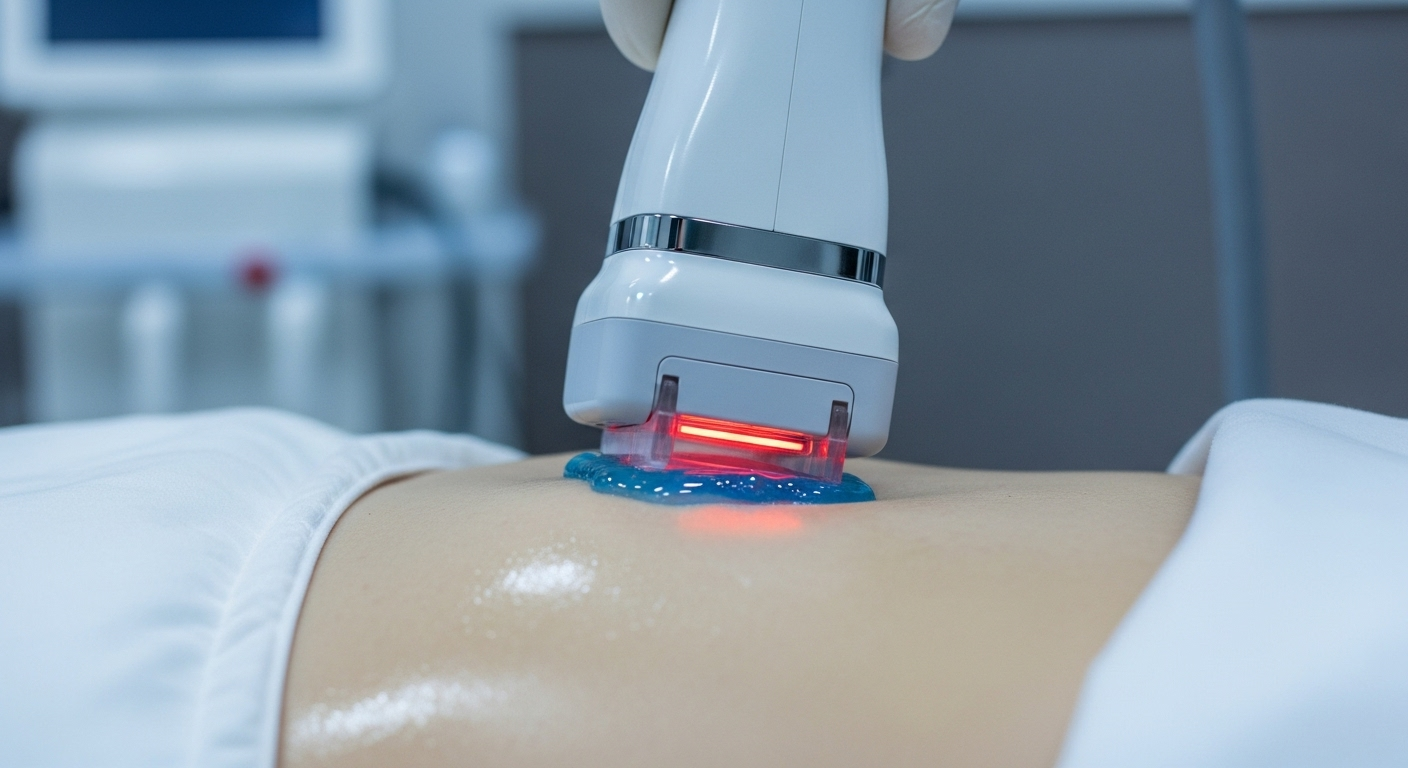Advanced Laser Skin Treatments for Radiant Complexion
Laser skin treatments offer a non-invasive path to smoother, clearer, and more youthful-looking skin. Using concentrated light energy, modern lasers target pigmentation, fine lines, scars, enlarged pores, and redness while stimulating collagen. Learn how different lasers work, what to expect during sessions, potential side effects, and typical costs so you can choose the right rejuvenation option for your skin.

What skin concerns can laser therapy improve?
Laser procedures are highly adaptable and can treat many common dermatologic and cosmetic issues. Typical targets include fine lines and wrinkles, sun damage and age spots, acne and other scars, uneven tone and texture, enlarged pores, and vascular concerns such as persistent redness or broken capillaries. The exact device and treatment plan will be tailored to your skin type and concern after a professional assessment.
Types of laser and light-based treatments
There are several distinct categories of laser and light therapies, each with different mechanisms and recovery profiles:
-
Ablative lasers: These remove the top layer of skin (epidermis) and heat the underlying tissue, prompting significant skin resurfacing. Ablative options are effective for deep wrinkles, pronounced scarring, and severe sun-related damage but generally require more downtime.
-
Non-ablative lasers: These target deeper layers of the skin without removing the surface, encouraging collagen remodeling over time. They tend to be gentler, making them suitable for mild to moderate concerns and for people who want minimal interruption to daily life.
-
Fractional lasers: Fractional technology treats tiny columns of tissue while leaving surrounding skin intact, which speeds healing. Fractional treatments can be ablative or non-ablative depending on the device and intended result.
-
IPL (Intense Pulsed Light): Although not a true laser, IPL uses broad-spectrum light to reduce pigmentation, diffuse redness, and encourage collagen. It’s often used for rosacea, sunspots, and general tone improvement.
During consultation, your clinician will recommend a modality based on the depth of the concern, your skin tone, and desired downtime.
How a typical session unfolds
Most appointments begin with a deep cleanse of the treatment area. For more aggressive procedures, a topical numbing cream or local anesthetic may be applied to increase comfort. The practitioner will then pass the laser or light device evenly across the target area; sensations are commonly described as warming, snapping, or a mild stinging. Sessions vary in length depending on the treated zone and technology — many last between 30 and 60 minutes.
Afterward, practitioners typically apply cooling gels, soothing ointments, or protective dressings. Post-treatment instructions often include gentle cleansing, sun avoidance, and the use of specific moisturizers or barrier creams while the skin heals.
Possible side effects and healing time
Side effects differ by procedure intensity. Common short-term effects include redness, swelling, light tenderness, temporary darkening or hypopigmentation, dryness, and mild peeling. Non-ablative sessions generally produce minimal side effects and allow a quick return to regular activities. More invasive ablative treatments can require several days up to a week or more of downtime for visible healing and optimal recovery.
Rare but more serious complications — such as infection, scarring, or persistent pigment changes — are possible, which is why selecting an experienced provider and following aftercare instructions is essential.
Typical costs and session numbers
Below is a general pricing guide. Actual prices fluctuate based on clinic location, provider expertise, device used, and how many areas are treated. Packages and multi-session discounts are common.
| Treatment Type | Average Cost per Session | Number of Sessions Typically Needed |
|---|---|---|
| Non-ablative Laser Resurfacing | $300 - $1,500 | 3–5 sessions |
| Ablative Laser Resurfacing | $1,500 - $3,000 | 1–2 sessions |
| Fractional Laser Treatment | $750 - $2,000 | 3–5 sessions |
| IPL Treatment | $300 - $600 | 3–6 sessions |
Prices, rates, or cost estimates mentioned in this article are based on the latest available information but may change over time. Independent research is advised before making financial decisions.
Many clinics offer bundled pricing for multiple treatments, and some practices provide financing plans to spread costs. During your initial consultation, request a detailed cost estimate that includes any pre- or post-procedure products and follow-up visits.
Choosing the right provider and what to ask
Select a board-certified dermatologist or an experienced licensed practitioner who specializes in laser treatments. Ask about their training with the specific device you’re considering, before-and-after portfolios for patients with similar skin tones and concerns, and how they manage potential complications. Confirm what aftercare is included and whether follow-up visits are part of the package.
Final considerations
Laser and light-based treatments can deliver meaningful improvements in texture, tone, and overall skin quality by targeting precise issues and stimulating the skin’s natural repair mechanisms. Success depends on proper patient selection, realistic expectations, and adherence to pre- and post-treatment advice.
This article is for informational purposes only and should not be considered medical advice. Please consult a qualified healthcare professional for personalized guidance and treatment.






